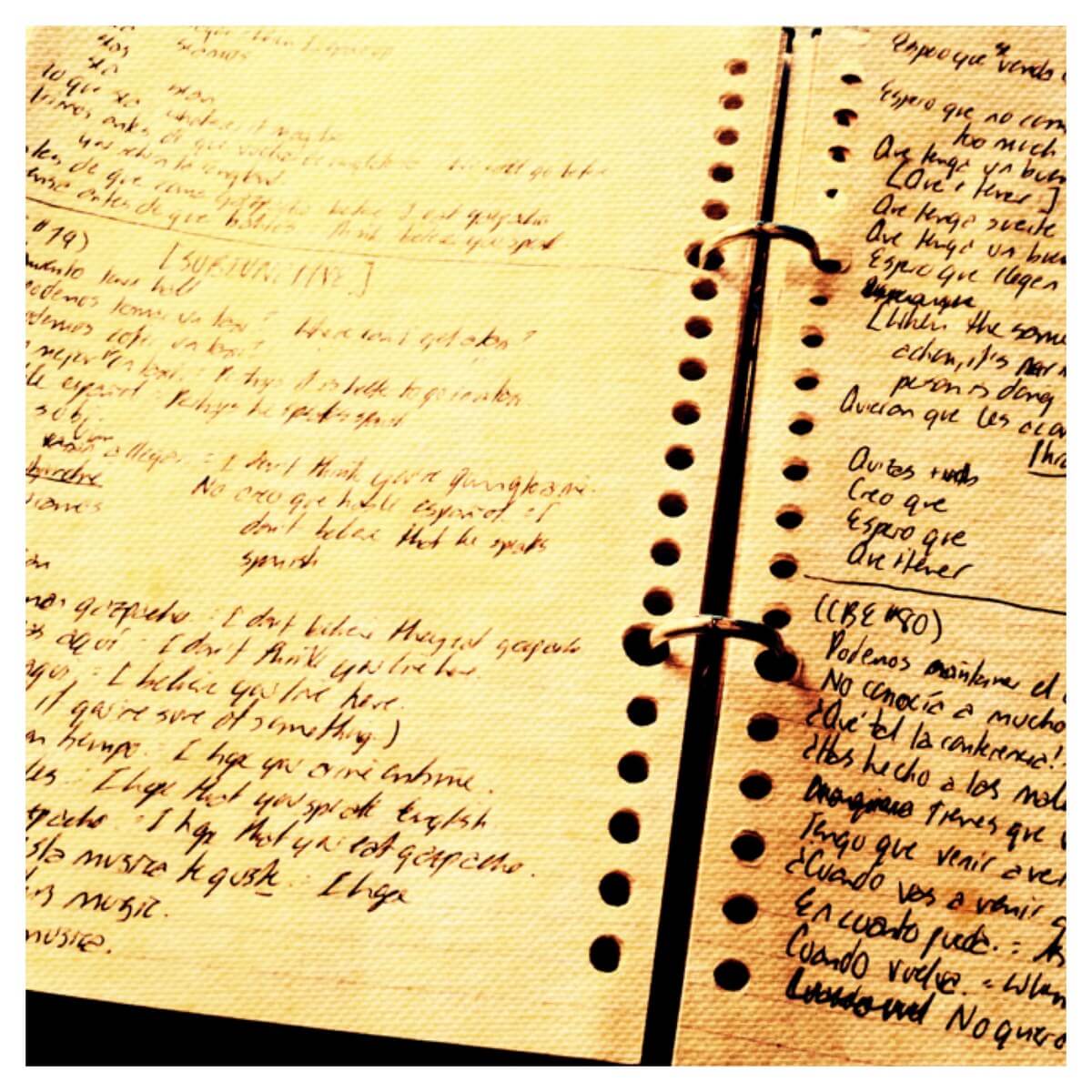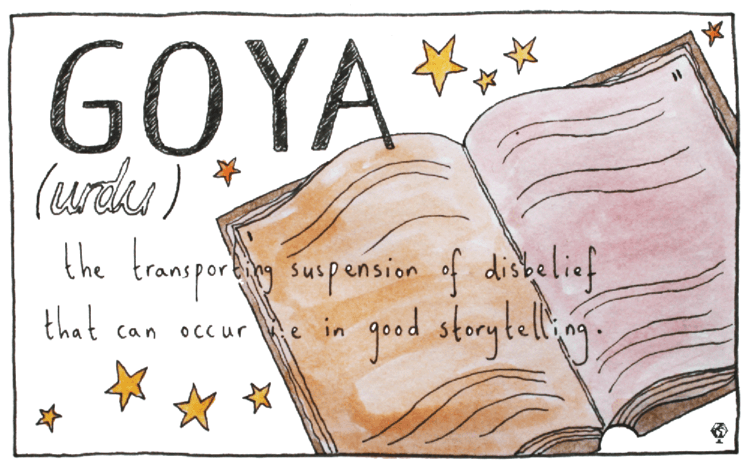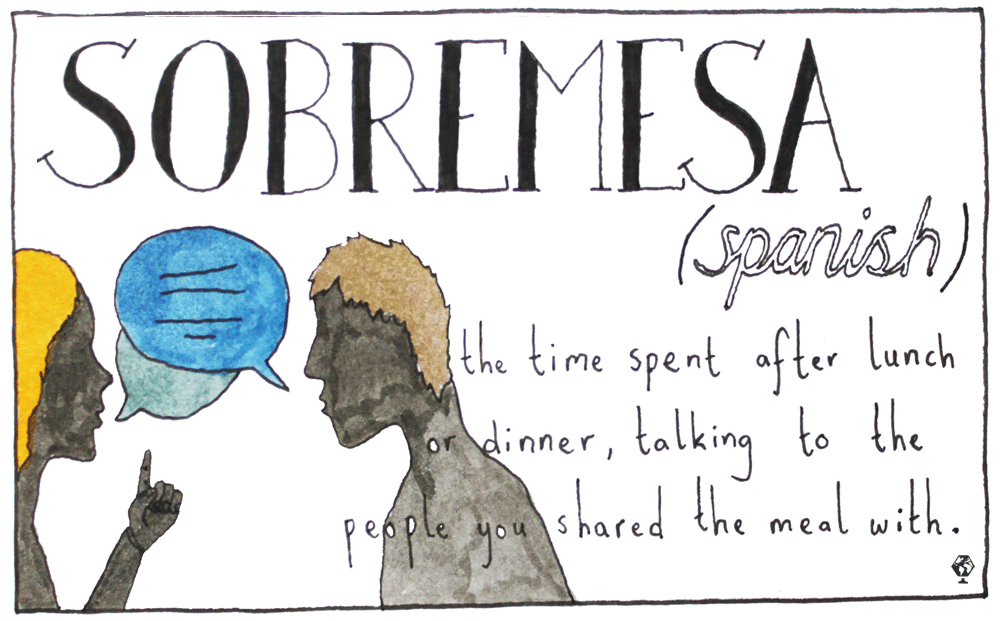Over the past few years, I’ve used a number of different methods to improve my Spanish proficiency. I attended group lessons, studied at a Spanish school in Guatemala, and worked with a tutor from that school, here in NYC. I’ll occasionally read news (or celeb!) stories in Spanish and chat in broken Spanish with other amigos who speak it to some degree.
All that has slowly improved my comprehension of the language. My accent still sounds like El Bloombito and I can’t have a full conversation with a native speaker. But I can see how far I’ve come since I started.
Of all the resources I’ve used over the years, “Coffee Break Spanish” is among my favorites. It’s a podcast series in which each episode only runs about 20 minutes—the length of a short coffee break. (It originally ran from October 2006 to September 2008, but is available for free online.)В In the months leading up to a Latin America trip, I listen to one episode a day, on my way to work, and take notes.
For me, language learning is tiring, and I have to do it consistently to get anything out of it. “Coffee Break” had allowed me to get a dose of Spanish every day in a way that’s not so overwhelming or exhausting that it leaves me tired or frustrated. It’s enabled me to make studying Spanish a habit.
Plus, the “Coffee Break” hosts, Mark and Kara, do a fantastic job breaking down tricky grammatical points (like direct and indirect objects) and all the tenses (including the subjunctive!). I’m amazed at how much I learned from the series. I’ve used phrases and concepts from the lessons in all my Latin America travels.
Yesterday, I reached the end of the series—I listened to the 80th and final episode. I was actually a little sad, but also proud that I made it all the way through.
Luckily, there’s a second series for those of us who finished “Coffee Break.” “Show Time Spanish” promises to pick up where “Coffee Break” left off, with more conversations with Spanish speakers. (Something I definitely need!)
Of course, if time and money is no object, immersing yourself in a language in another country is the best way to learn. As is studying regularly with a tutor. But if you’re where I am right now, with limited disposable income, vacation time (or just time, in general!) “Coffee Break Spanish” is a great way to boost your proficiency little by little, every day.





